#St. Brigid’s Day
Explore tagged Tumblr posts
Text
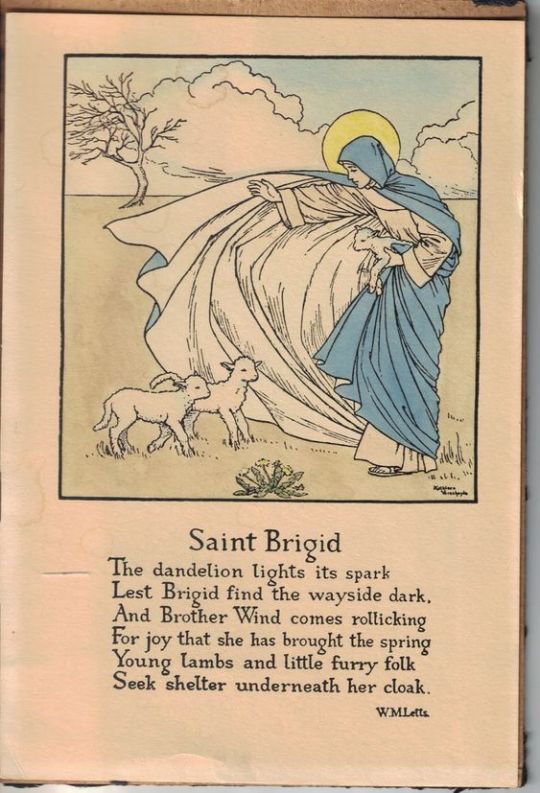
380 notes
·
View notes
Text




the light is returning
22 notes
·
View notes
Text
🐇 🐇 🐇
8 notes
·
View notes
Text
How I’m Celebrating Imbolg
As a Brighid devotee, I thought I’d share how I’m spending Imbolg with my partner!
I’m personally celebrating the evening of January 31st through February 3rd! Most fire festivals were more than a one day event and I didn’t want to pack everything into 1 day anyways.
On January 31st, we put out our Brat Brídes, hanging white cloths on our door.
Then we candle painted! Using little tea lights, we painted with the hot wax onto some larger candles
I had my own flame tending shift so I finished that
Today, February First, we got all of our supplies for the day and went to the park to spend some time in nature while drinking our coffees. I found a dandelion to bring home for Brighid’s altar and also some rosemary!
Then we came home and started baking some bread, specifically Garlic Braided Bread and also made our own butter
We are preparing a bit of a feast, we got some apples and 3 different kinds of cheese (baking some brie!) to go with the bread along with some mashed potatoes.
Some bread and cheese will be offered to Brighid.
After we eat, we’re going to do some Imbolg divination spreads for the season ahead
Lastly for the night, we will make a Brighid’s doll (Brideog) and a Leaba Bhríde to put her in.
Tomorrow, February 2nd, we will be walking the bounds and grounds, doing some cleansing and cleaning and then some warding around our home.
Then we will be baking some Rosemary and Lemon Curd Tassies! (recipe below) We will offer one to Brighid as well.
On February 3rd, we will be meeting up with a friend to conclude our festivities
We’re going to go to a cemetery and commune with the spirits
Then we’re going to find some natural material for making Brighid’s Crosses and do them while we’re out!
Finally we’re going to go to a local plant store and buy a new houseplant, and plant our intentions for the season while potting it.
What’re you doing for Imbolg??
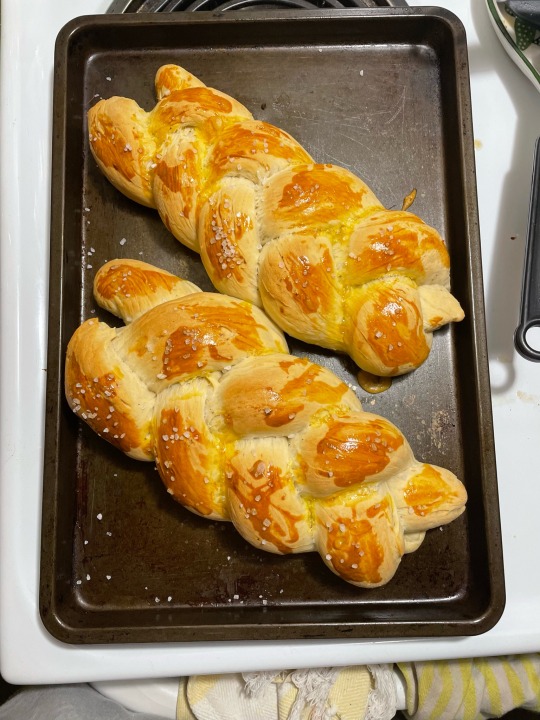
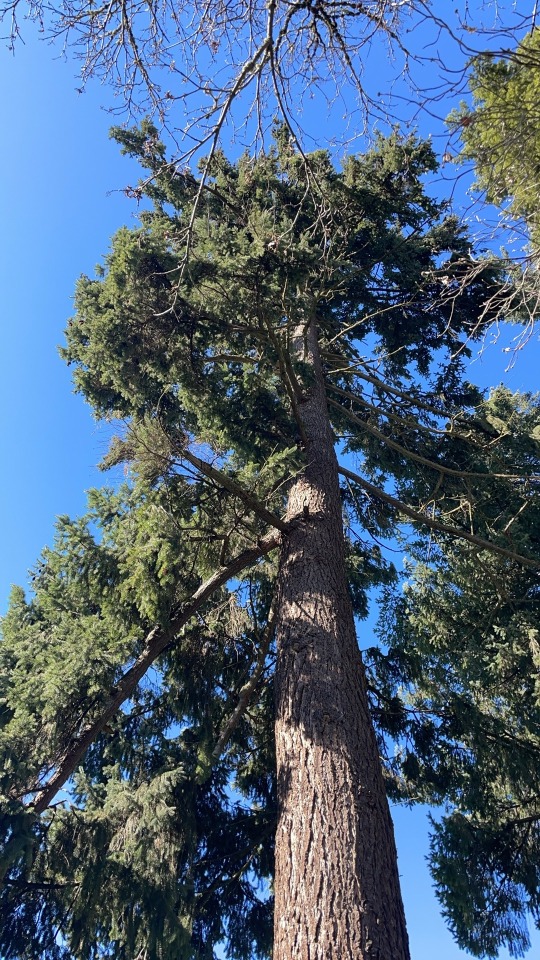
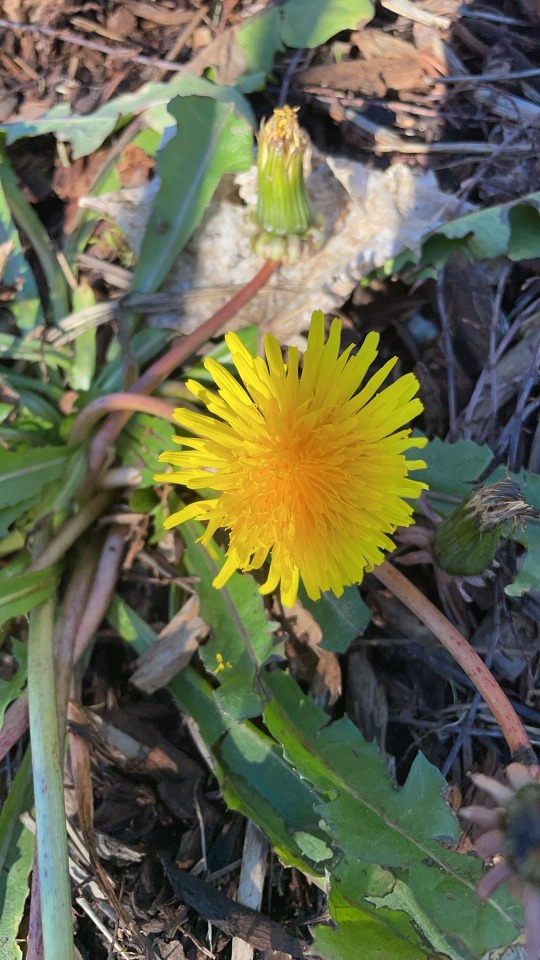
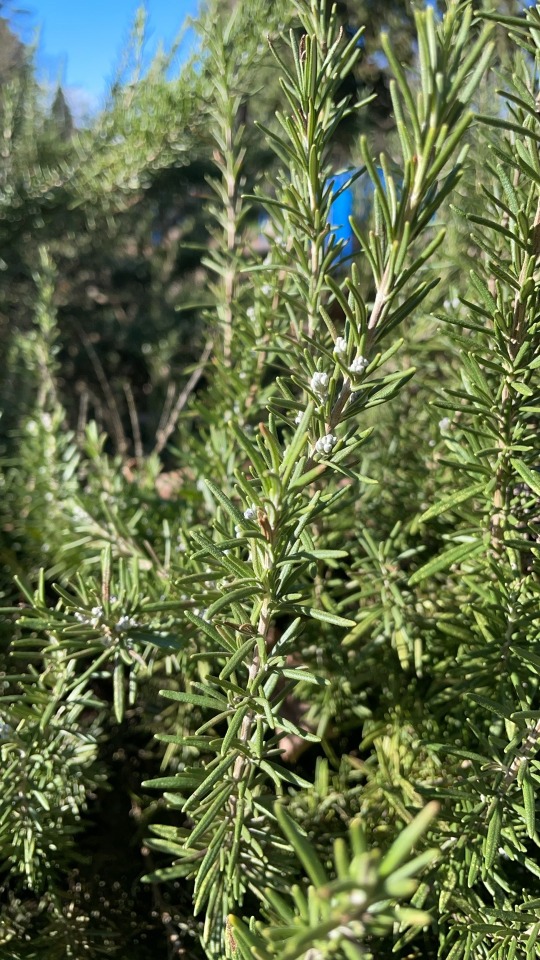
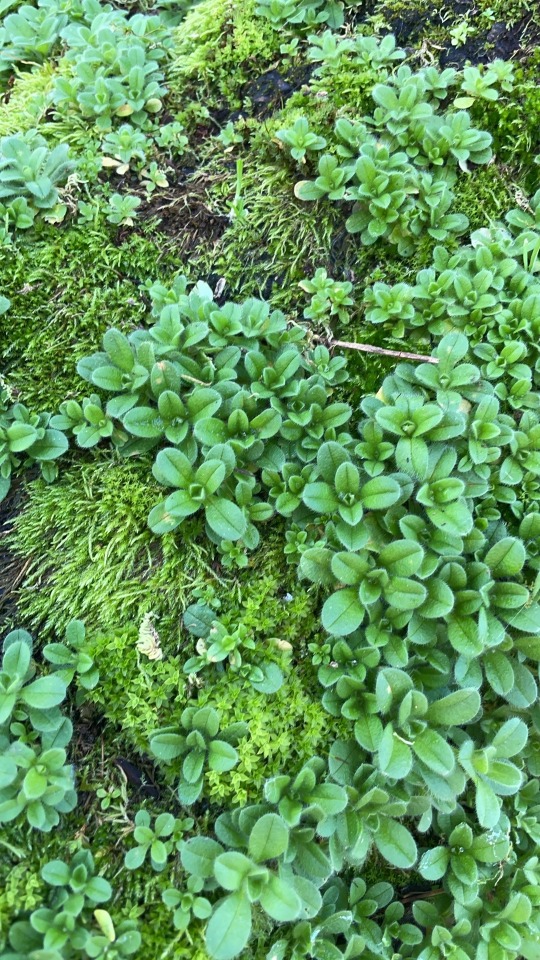

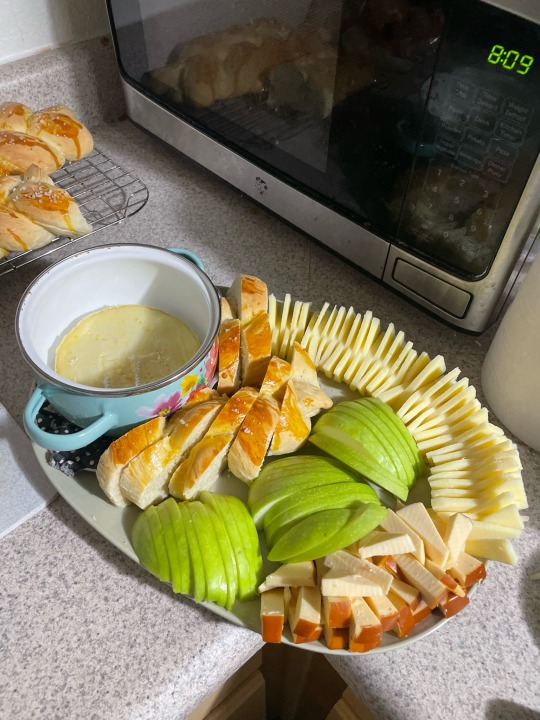
#Imbolg#Imbolc#Brighid#Brigid#Fire Festival#Brid#brighid deity#brighidine#Saint Brigid#Polytheism#Gaelpol#Irish Polytheism#Irish Paganism#Animism#Brighid’s Day#Brigid’s Day#st. brigid’s day#Paganism#Spirit Work#Kitchen Magick#Folk Magic#Deity Worship#Nature
5 notes
·
View notes
Text
instagram
St. Brigid did the first abortion in Ireland and it was a miracle! Go Brigid!
#instagram sucks#why can't i post the link right?#st. brigid’s day#st. brigid#ireland#irish history#Instagram
3 notes
·
View notes
Text

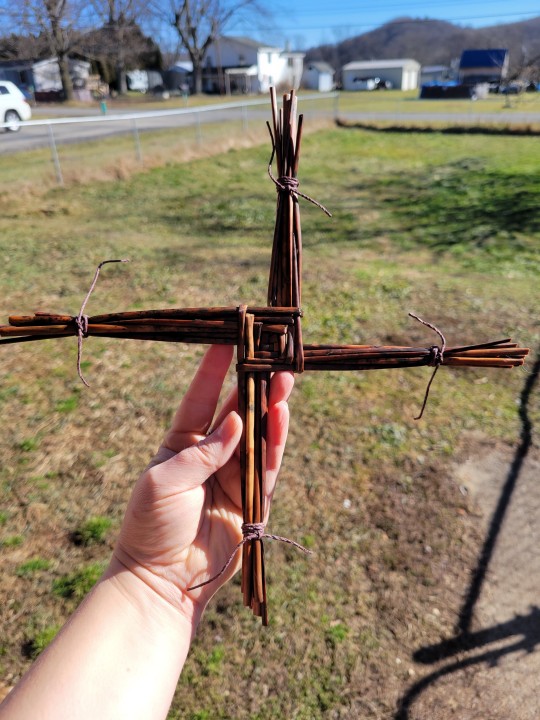
Made my first St. Brigid's cross for Imbolc. I'm not sure how one is supposed to set intentions while making one of these, beyond, "Stay the heck together, you stupid pieces of grass!"
But it turned out nicely.
6 notes
·
View notes
Text

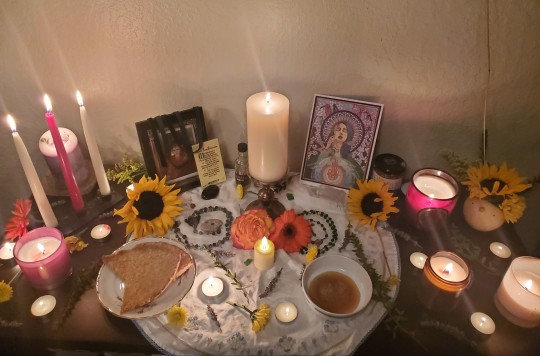
My altar for Imbolc and my crosses! My partner made the second one, and I'm always very happy that he participates in my holidays with me 😊 I made some Bannock to leave as an offering, and for my own dinner I made colcannon from Irish Traditional Cooking by Darina Allen. Highly recommend checking it out if you've ever wanted to try your own hand at Irish cuisine! May Brigid's light touch all who celebrate this wonderful holiday, and may your spring be filled with peace.
5 notes
·
View notes
Text
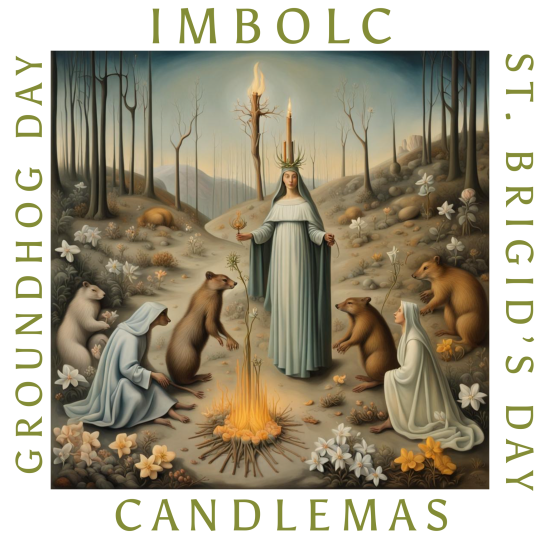
#Là Fhèill Brìghde#ai art#ai artwork#st. Brigid’s Day#Candlemas#groundhog day#Imbolc#imbolg#night cafe
5 notes
·
View notes
Text
Happy St. Brigid’s Day!
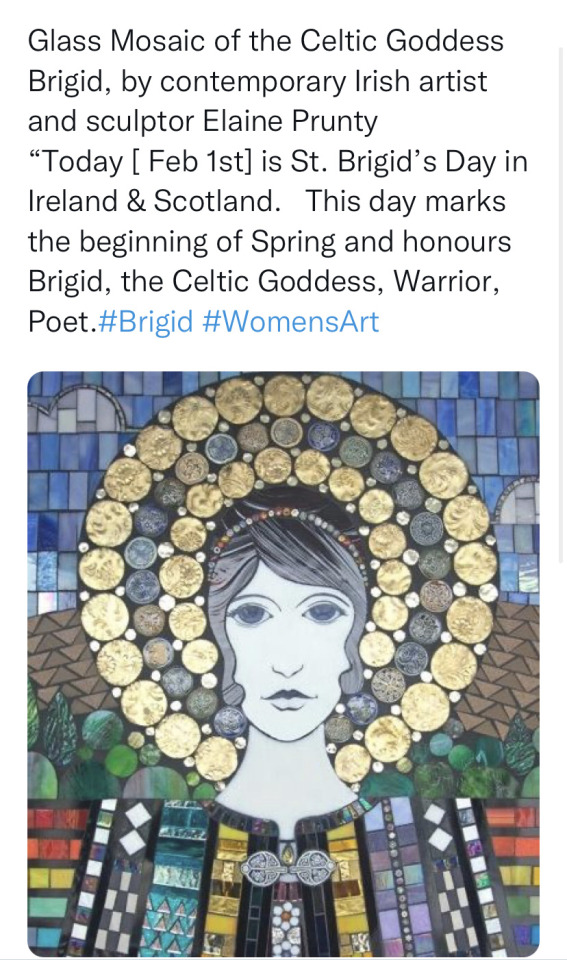

19 notes
·
View notes
Text
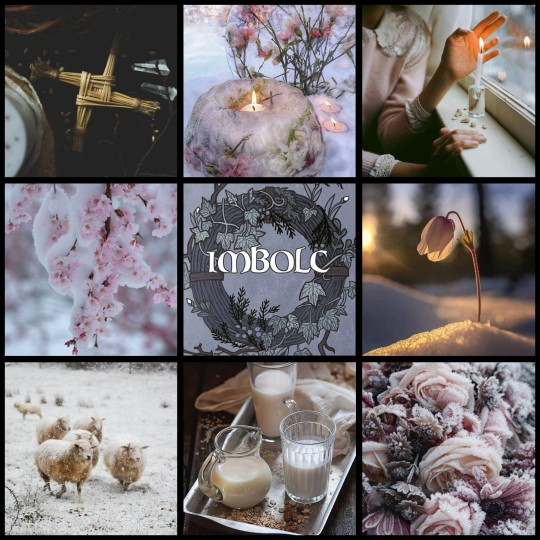
Happy Midwinter and Blessed Imbolc ❄️🌸
Spring is just around the corner
#imbolc#st brigid's day#st brigid#cross quarter day#pagan#wicca#spring#celtic#winter#midwinter#wheel of the year#moodboard
111 notes
·
View notes
Photo

Imbolc shona daoibh! (happy Imbolc to you!) 🐄☀🌱
[Image ID: / A coloured sketch of a white calf. It has a golden triskele on its forehead, and its head is bent low to the ground. It stands in a patch of grass revealed by melting snow, dotted with yellow and orange flowers. Behind its head is a golden starburst that mimics the sun. The background is a grey-blue colour, and white text above the calf reads in a mediaeval font: imbolc shona daoibh! (Im-Olk Hunna Yeev) / End ID]
In many parts of Ireland it is believed that on Imbolc, Brigid will go from house to house with her favourite white cow to bless items left outside by the occupants 🌿
#imbolc#imbolg#cow#spring#artists on tumblr#my art#paganism#imbolcposting. i wanted to do something more so :)#celtic reconstructionist#irish paganism#la fheile bride#st brigids day
433 notes
·
View notes
Text
Spring Equinox in the Ancient Irish Calendar
Equinox is the date (or moment) some astronomical alignments in Ireland mark as being auspicious. Not many, mind you, but some, like the cairn on Loughcrew or the two passages of Knowth, a sort of super-alignment with quadruple significance. Though the actual alignment of Knowth is disputed, it might be a lunar alignment or not an alignment at all. The equinox is far less obvious an astronomical…
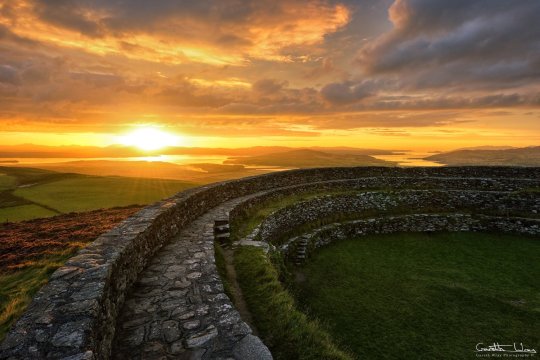
View On WordPress
#Astronomy#Autumn#Easter#Equinox#Gianan of Aileach#Ireland#Knowth#Loughcrew#Spring#Spring Equinox#St Brigid&039;s Day#St. Patrick&039;s Day
20 notes
·
View notes
Text
First of the month sunset!!🌅🧡💛✨️
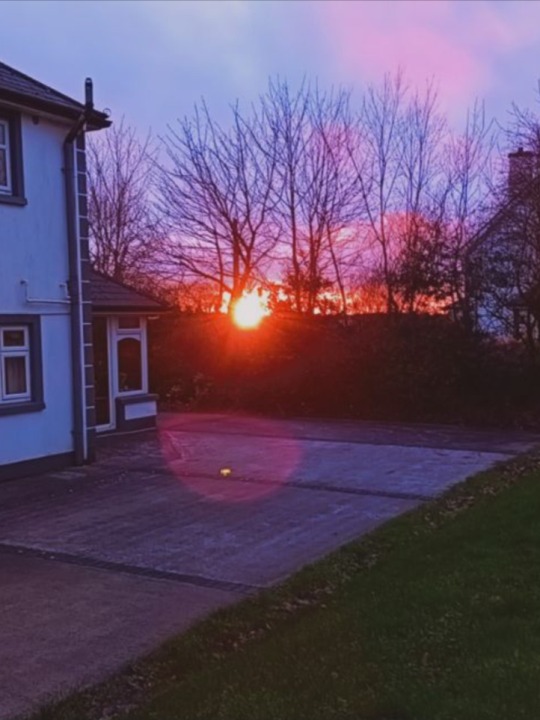
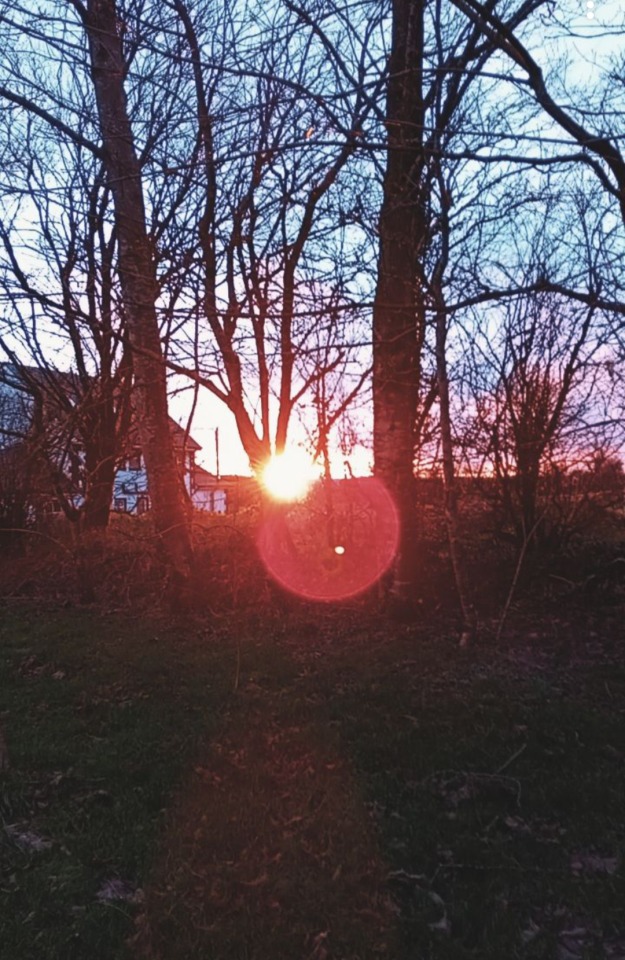



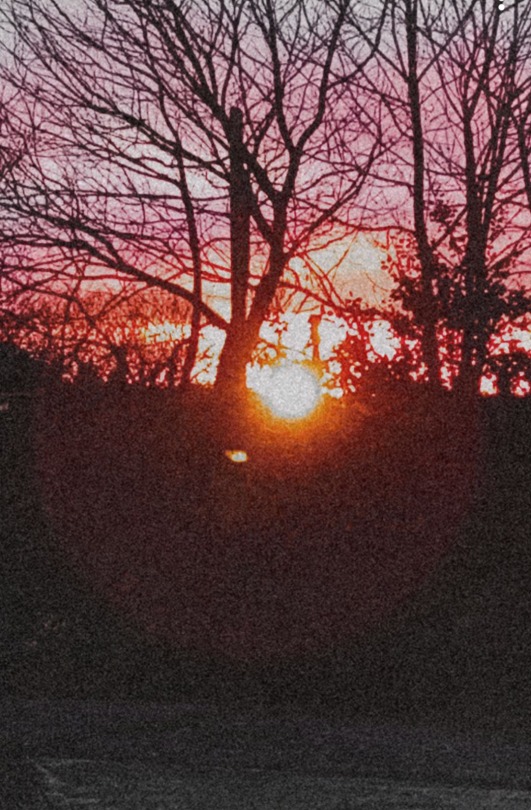

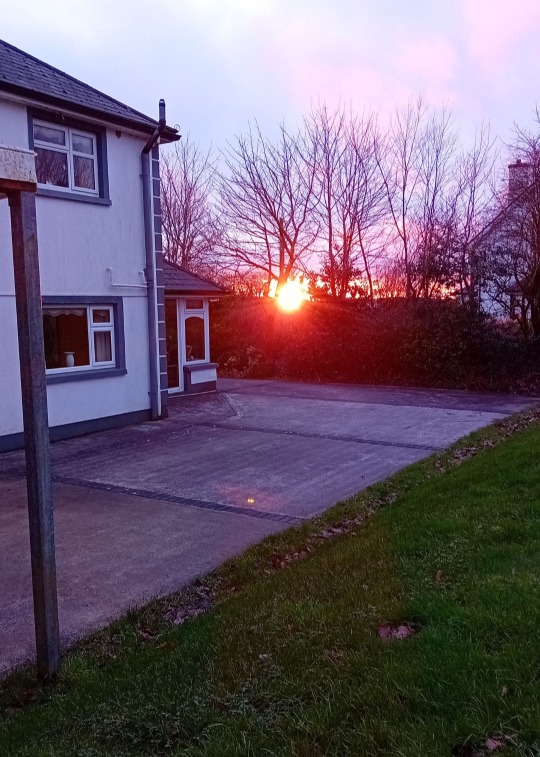
#sunset#sun#pretty#nature#outdoors#photography#photos#evening#evening sky#sky#orange#yellow#Winter#February#St. Brigid's Day#First of the month#Happy#Goodbye January#snapchat filters#snapchat
28 notes
·
View notes
Text
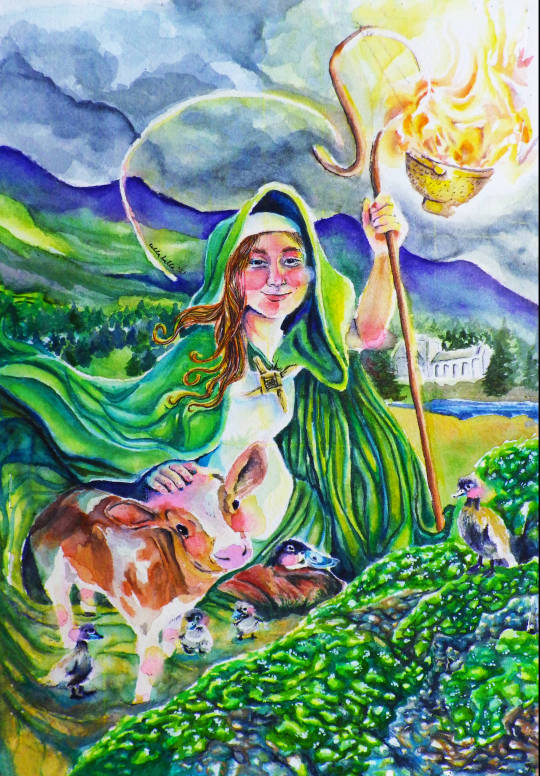
Happy feast day, St. Brigid!
#feast day#st. brigid of kildare#catholic#irish#saint#art print#art#catholic art#ducks#baby cow#calf#ireland#green#baby duckies#st. brigid's cross#art sale
31 notes
·
View notes
Text

Brigida, the Smith Sister
Brigida has three major forms, the healer, the poet, and the smith. Sometimes they are seen as sisters, sometimes as three heads on a single body. Here the smith dances in her sun-forge, her hands and feet black from soot, dancing barefoot.
Inktober prompt: golden was just too fitting for her, The Exalted Light @inktober
#santa brigida#saint brigid#st brigid#goddess brigid#celtic#irish mythology#celtic mythology#inktober 2023#inktober golden#inktober day 6#inktobergolden#inktober
43 notes
·
View notes
Text
Imbolc
Imbolc is celebrated from February 1st until sundown on February 2nd and signifies the beginning of spring in the Celtic calendar. Imbolc marks the halfway point between the Winter Solstice and the Spring Equinox and is one of several Pagan festivals that highlight some aspect of winter and sunlight to herald the change of seasons.
The celebration of Imbolc dates to pre-Christian times and the earliest mentions in Irish literature are found in the 10th century. Poetry from that time connects the holiday to ewe’s milk, with the implication of purification. As this ritual stems from the breeding cycle of sheep and the beginning of lactation, Imbolc traditionally aligned with the first day of spring and the idea of rebirth. The most common explanation for the etymology of Imbolc is from the Old Irish i mbolc meaning 'in the belly' and refers to pregnant ewes at this time of year.
In Neolithic times, Imbolc celebrations honoured the Pagan goddess Brigid, who was invoked in fertility rites and was also the goddess of poetry, crafts, and healing. Brigid was worshipped by the Filidh, the Celtic poets and historians of ancient Ireland. Brigid is one of the most powerful Celtic gods and is the daughter of the Dagda, the oldest god in the Celtic pantheon of the Tuatha Dé Danann. Modern-day Pagans set up an Imbolc altar to celebrate Brigid with a corn husk doll, white flowers, a bowl of milk, and candles. A group gathering casts a circle and recites invocations to receive a blessing from Brigid.
Brigid was said to visit homes on the eve of the Imbolc festival. To receive her blessings, an effigy of the goddess was crafted from rushes and oats, clad in pieces of cloth and flowers, and put in a basket overnight, with gifts of food and drink. Brigid was evoked to protect homes and livestock and items of clothing were left outside for her to bless. On Imbolc, the effigy of Brigid, known as a Brídeóg or Biddy, was paraded around the community by girls and young women. Sometimes, a young girl took on the role of Brigid and went from house to house wearing a crown, and carrying a shield, both made from rushes.
Over the centuries, Brigid was adopted by Christianity as Saint Brigid to become one of Ireland’s three patron saints along with Saint Patrick and Saint Colmcille. Saint Brigid is said to have lived in the 6th century and founded the important monastery of Kildare. While there are many stories about her, there are few historical facts. In the 12th century, legend holds that the nuns in Kildare attended to a fire built in Saint Brigid’s honour. The fire had burned for 500 years and produced no ash, and only women were allowed in proximity of the fire.
Imbolc rituals still include burning lamps and lighting bonfires in tribute to Brigid, who is associated with both milk and fire. Although there is some debate that Saint Brigid was a separate historical figure who shares the same name as the Celtic goddess, many scholars maintain that they are the same person with the later saint based on the earlier Pagan deity. As with many Pagan traditions and festivals, the names and dates were often adopted by Christianity to make the new faith more acceptable.
Imbolc is also believed to be when the Cailleach, the divine hag of Gaelic tradition, gathers firewood for the rest of winter. If she wishes to make the winter last longer, the weather on Imbolc is bright and sunny, so she can gather plenty of firewood. However, if Imbolc is a day of bad weather, it means the Cailleach is asleep, and winter is almost over.
On February 1st, people display a Brigid’s cross woven from rushes gathered by rivers and ponds. Traditionally, the cross is set over doorways and windows to welcome Brigid and protect the home from any kind of harm. Brigid’s Day parades and “Biddy’s Day” festivals are still held in some towns around Ireland, and it is also traditional to visit a holy well, praying for good health while walking clockwise around the well.
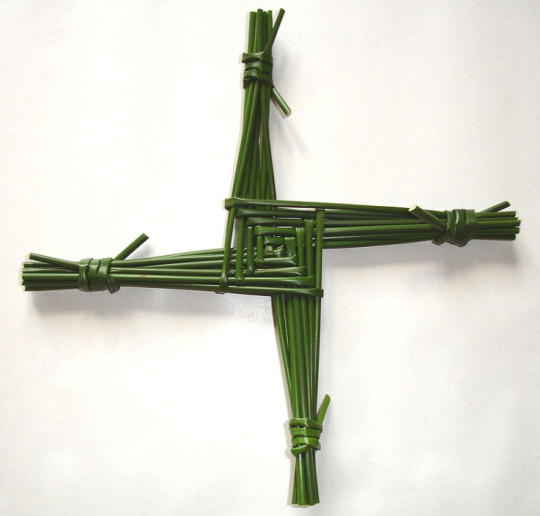

108 notes
·
View notes